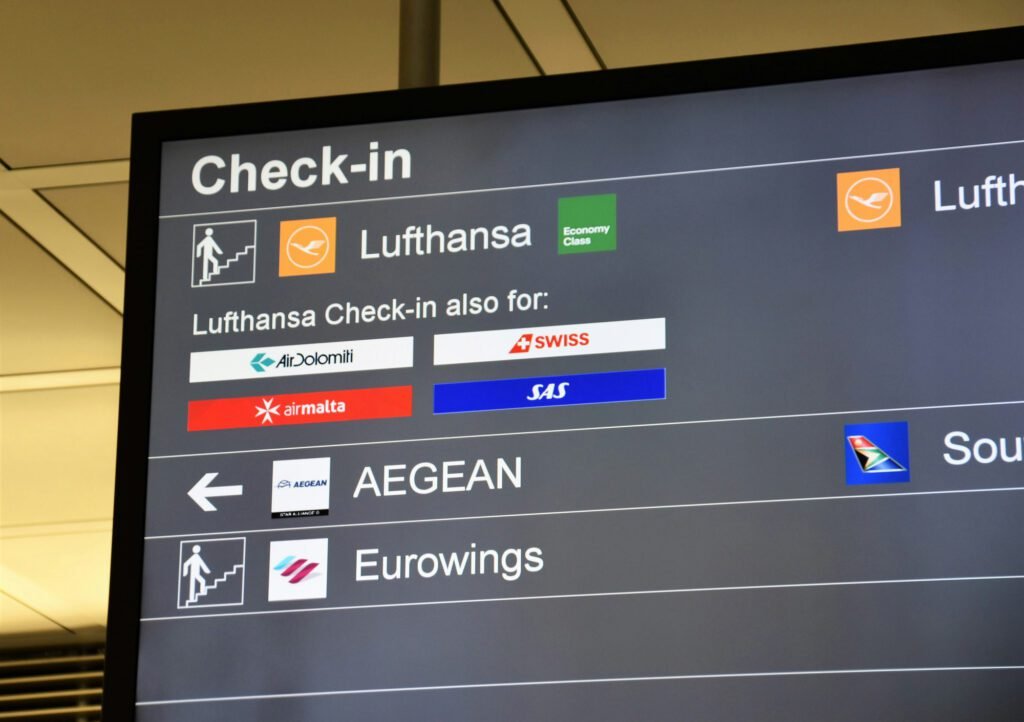Visa rules should be simple — but they often aren’t. One search says you need a visa. Another says you don’t. Travel forums are full of conflicting opinions, and even well-meaning blog posts can be outdated or just plain wrong. It’s easy to assume the rules are the same for everyone, or that what worked last time will still apply — but entry requirements can vary wildly depending on your passport, destination, and the reason for your visit.
I was reminded of this recently while planning a trip to Denmark — clear-cut and straightforward (for me and my trip plans). But then I added the Faroe Islands to my itinerary.
Now, the Faroe Islands are part of the Kingdom of Denmark, but geographically and administratively, they operate with a degree of autonomy. A quick Google search left me more confused than reassured. Some travel blogs insisted I’d need a separate visa. Others confidently declared I wouldn’t. Forums, too, offered conflicting anecdotes, and the top search results weren’t helping. One page even contradicted itself halfway through.
It took some persistence — and a visit to the official travel and immigration website — to confirm the truth.
That experience reinforced something everyone should take seriously: when it comes to visas and entry requirements, unofficial advice isn’t just unreliable — it can be risky.
Visa rules are rarely one-size-fits-all. They change. They vary depending on where you’re from, the type of passport you’re travelling on, where you’re going, how long you plan to stay, and why you’re travelling in the first place. One blog post or outdated forum comment might send you down the wrong path.
And the consequences of getting it wrong? They can range from inconvenient to disastrous.
- Why Visa Rules Are Rarely Simple
- Beware the Blog Trap: Why Crowdsourced Info Can Mislead
- The One Source You Should Trust
- Visas Aren't The Only Thing You Need to Check
- Better to Be Safe Than Sorry
Why Visa Rules Are Rarely Simple
It’s tempting to assume that the travel world is getting simpler, but when it comes to visas and entry requirements, complexity still reigns. Whether or not you need a visa depends on a few key factors:
- Your nationality
- The issuing country of your passport
- The country you’re entering
- How long you’re staying
- What you plan to do while you’re there
Are you going for a short holiday? Visiting family? Working remotely? Volunteering? Attending a conference? Each of these scenarios might trigger a different rule — and in some countries, even short-term volunteering or working as a digital nomad can require special permission.

Even regions that are politically linked (like the Faroe Islands and Denmark) or part of a larger travel zone (such as the Schengen Area) may have exceptions to the rule. Just because you can enter France doesn’t automatically mean you can breeze into a French territory in the Pacific. The same goes for Caribbean islands linked to The Netherlands or Spain.
And the rules don’t just vary — they change (sometimes with little notice). Post-COVID, many countries rewrote their entry requirements entirely. Don’t assume what was true last time still holds.
Beware the Blog Trap: Why Crowdsourced Info Can Mislead
In an age of fast answers and first-page Google results, it’s natural to click on a blog post and take the advice at face value. Ditto using AI (e.g. ChatGPT, Copilot, Gemini) — they get things wrong!
Visa rules are legal matters — not travel tips. While well-meaning bloggers may share what worked for them, that doesn’t mean it will apply to you.
Forum threads and social media comments can be even worse. “I didn’t need a visa last year!” someone might write — leaving out the small detail that they hold a different passport to you or stayed fewer days that you’re planning. By the time you’re reading that information, it may already be out of date. Or just plain wrong.
Trusting random advice when it comes to visas is a bit like preparing for surgery by watching YouTube. Informative? Maybe. Reliable? Not necessarily.
The One Source You Should Trust
If you remember nothing else, remember this: always check with the official source — i.e. the official government website for the country you intend visiting.
That means looking up the embassy, consulate, or immigration website for the country you plan to visit. Most countries provide clear visa information in English. Many have handy checklists or interactive tools to help you work out what applies to you.
In a few cases, especially for more nuanced questions, you might not find the answer you need online. Don’t be afraid to pick up the phone or send an email. Embassies exist to help travellers navigate these kinds of questions — and a five-minute call can save you hours of stress (or worse) at the border.
Most countries offer a good starting point online (e.g. Smartraveller.gov.au in Australia), which provide useful information and links to travel advisories and foreign embassies.
Visas Aren’t The Only Thing You Need to Check
Just because you don’t need a visa to visit a country doesn’t mean you don’t need to do anything.
Many countries now require travellers to complete an arrival form, health declaration, or pre-travel authorisation — even if you’re from a visa-exempt country.
Take Singapore. Even if you qualify for visa-free entry, you still need to complete the SG Arrival Card within the three days before you arrive. It’s free, it’s simple, but if you forget to do it, you may be held up at immigration.
Similarly, the United States requires ESTA. Canada has the CBSA and New Zealand has the NZeTA. Vietnam, depending on your nationality, might require an online application even for short stays. And the European Union is soon (fourth quarter 2026) rolling out ETIAS, a mandatory travel authorisation that will apply to citizens of currently visa-waived countries.
So don’t stop your research at the first post on Google, or the AI summary. Always double-check if there’s an arrival form, online registration, or document upload process required in advance.
Better to Be Safe Than Sorry
It’s easy to become overwhelmed with rules, acronyms, and conflicting advice. But the good news is that getting it right doesn’t have to be complicated — it just needs to be deliberate.
- Always seek out official sources.
- Confirm what’s required for your specific passport, destination, and trip type.
- Don’t rely on what happened last time or what worked for someone else.
- And if in doubt — call the consulate. Peace of mind is worth it.
Because finding out you should have applied for a visa — or filled in a pre-arrival form — after you’ve landed at immigration? That’s the kind of travel story no one wants to tell.
Related Posts
Want More Travel Tips?
Go Solo: The Independent Woman’s Guide to Solo Travel After 50 will answer all your questions about travelling solo.
Packed with advice, tips and tales from my own journeys, this book is the perfect companion when planning your next trip.
Disclosure: Some of the links on this page are affiliate links, which means we may receive a small commission (at no further expense to you) if you click through and make a purchase. As an Amazon Associate we earn from qualifying purchases from Amazon websites.

Leave a Reply